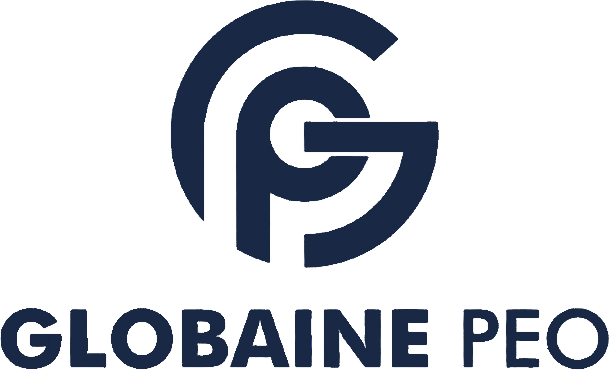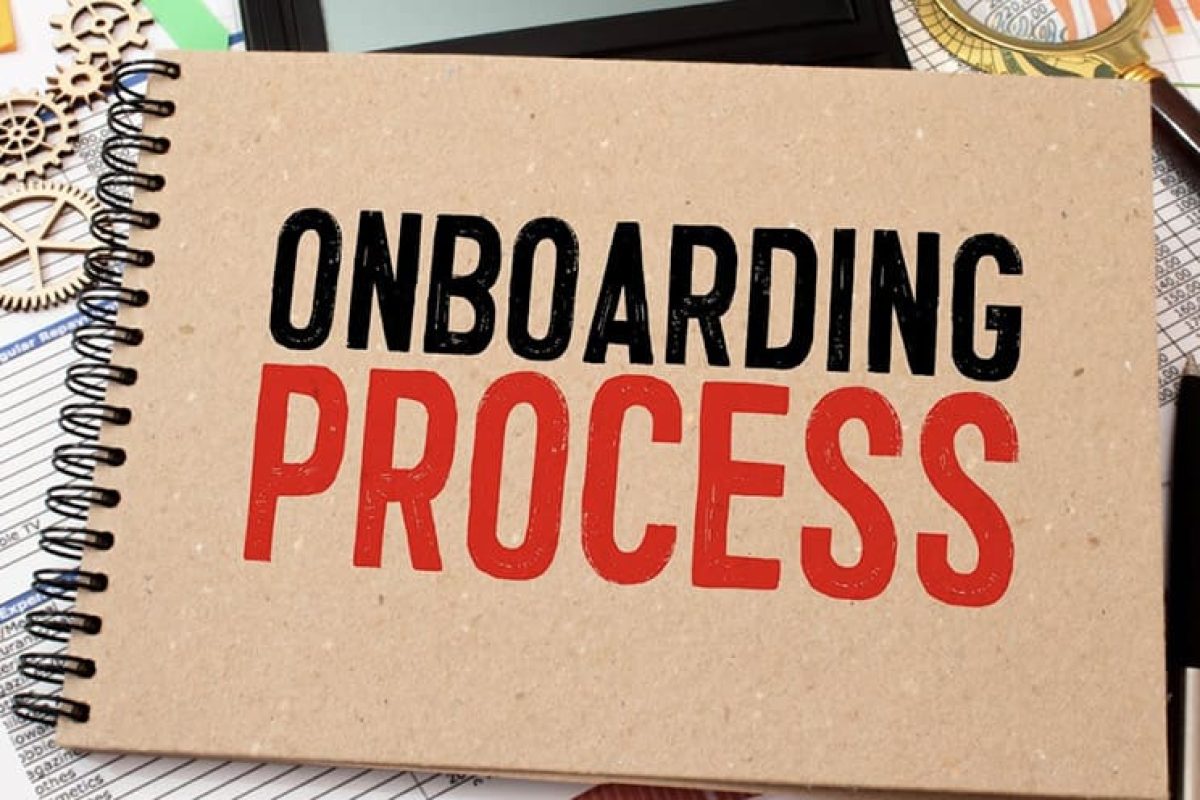As an employer expanding into South Korea, it’s essential to adhere to local labor laws and ensure smooth onboarding by preparing the correct documentation. This guide outlines the key steps and documents required for onboarding employees in South Korea.
Onboarding Process: Step-by-Step Explanation
Step 1: Job Offer and Acceptance 📩
Trigger: After selecting the ideal candidate.
Action: Extend a detailed job offer including:
Job Title: Clearly specify the position.
Compensation: State the salary or hourly pay rate, ensuring compliance with minimum wage laws.
Start Date: Specify the expected commencement date.
Working Hours: Typically 40 hours per week, with details on any overtime policies.
Benefits Overview: Highlight primary benefits, such as national health insurance, annual leave, and pension contributions.
Probation Period: State the duration, usually 3 months.
Outcome: The onboarding process progresses upon candidate acceptance.
Step 2: Employment Contract 📝
When It’s Used: Immediately after job offer acceptance.
Action: Prepare a written employment contract, which is legally required in South Korea. The contract should cover:
Job Description: Detail job duties and expectations.
Compensation Details: Include base salary, overtime, and any bonus structures.
Leave Entitlements:
Annual Leave: Minimum of 15 days for employees working over 1 year.
Public Holidays: South Korea observes 16 national holidays, typically as paid leave.
Sick Leave: Up to 90 days with medical documentation for a chronic illness.
Parental Leave: 90 days of maternity leave (for eligible employees) and up to 10 days of paternity leave.
Working Hours: Specify regular hours and conditions for overtime.
Termination Conditions: Clarify notice periods (typically 30 days) and grounds for termination.
Outcome: Both parties sign to formalize employment terms.
Step 3: Tax and Social Security Registration 💰
When It’s Used: Before the employee starts.
Action: Register the employee for tax and social security purposes:
Tax Registration: Collect the employee’s identification number for tax reporting.
National Health Insurance: Mandatory enrollment for all employees.
Pension Scheme: Enrollment in the National Pension Scheme, with contributions from both employer and employee.
Outcome: Completion of tax and social security setup for accurate payroll deductions.
Step 4: Health and Safety Induction 🦺
When It’s Used: On or before the employee’s first day.
Action: Provide a workplace health and safety orientation:
Health and Safety Regulations: Outline emergency procedures, workplace hazards, and safety measures as mandated by the Occupational Safety and Health Act.
Safety Manual: Distribute a manual detailing role-specific safety guidelines.
Personal Protective Equipment (PPE): Provide necessary safety gear if applicable.
Outcome: Ensure employee comprehension of safety protocols through acknowledgment.
Step 5: Payroll and Benefits Enrollment 📊
When It’s Used: Within the first week.
Action: Set up payroll and benefits:
Bank Details: Gather employee banking information for salary deposits.
Benefits Enrollment: Register for any company-offered benefits (e.g., additional health insurance).
Overtime Policy: Communicate overtime rates (1.5 times regular pay).
Outcome: Employee is registered to receive timely and accurate payments.
Step 6: Workplace Policies and Training 📚
When It’s Used: Within the first month.
Action: Provide onboarding covering workplace policies and training:
Code of Conduct: Review company policies on behavior, ethics, and professionalism.
Training Programs: Include job-specific and compliance training.
Performance Metrics: Set clear KPIs and expectations.
Flexible Work Options: Discuss any remote or hybrid work options.
Outcome: Employee is well-informed about their role and company policies.
Step 7: Probation and Feedback Period 📅
When It’s Used: During the first 3 months.
Action: Monitor performance and provide regular feedback:
Trial Period Review: Assess performance at the end of probation.
Performance Check-ins: Schedule regular check-ins to discuss progress.
Adjustments: Make role adjustments based on performance feedback.
Outcome: Confirm or adjust the employment status based on performance evaluation.
Additional Information on South Korea Employment Laws
Workplace Discrimination: South Korea’s Labor Standards Act enforces anti-discrimination policies.
Flexible Working Arrangements: Employees may request flexible arrangements, subject to employer approval.
Pay and Benefits Transparency: Employers must provide clear documentation of wages, leave entitlements, and social security contributions.
Key Documents Summary Checklist
Job Offer Letter
Written Employment Contract
Tax Registration Form
National Health Insurance Enrollment Form
National Pension Scheme Registration
Health and Safety Manual
Payroll Enrollment Form
How GlobainePEO Can Help with Onboarding in South Korea🌐
GlobainePEO specializes in managing all aspects of employee onboarding in South Korea, from drafting compliant contracts to ensuring social security registration and legal work permits. Partnering with GlobainePEO ensures smooth onboarding while you focus on growing your business.

